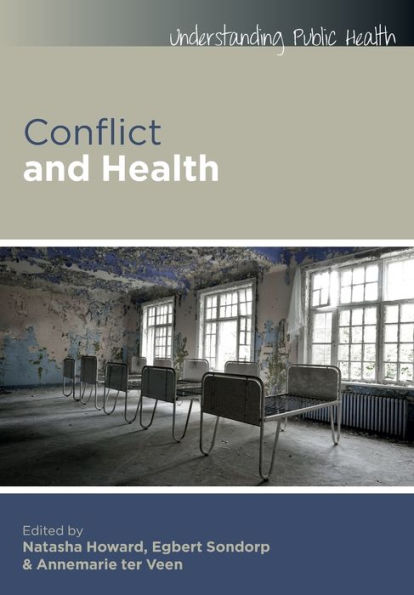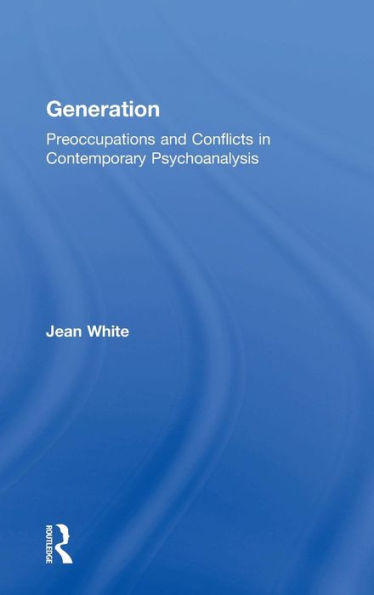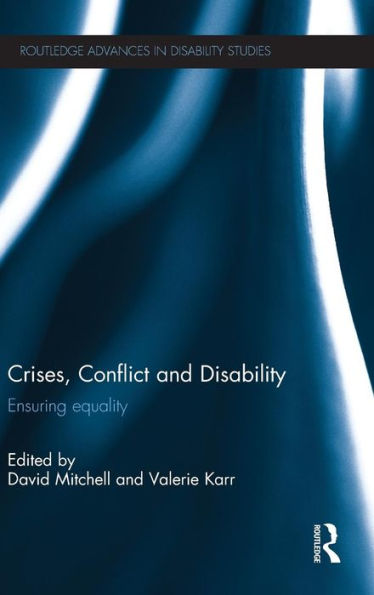Home
Inner Torment: Living Between Conflict and Fragmentation / Edition 1
Barnes and Noble
Inner Torment: Living Between Conflict and Fragmentation / Edition 1
Current price: $130.00


Barnes and Noble
Inner Torment: Living Between Conflict and Fragmentation / Edition 1
Current price: $130.00
Size: OS
Loading Inventory...
*Product information may vary - to confirm product availability, pricing, shipping and return information please contact Barnes and Noble
Can hope be pathological? What is love? How are envy and arrogance related to hatred? What is the optimal distance between the self and others? Why are some individuals excessively vulnerable to nostalgia? What are the distinctions between a need and a wish? Such questions frequently arise as one encounters individuals whose difficulties originate from an area between psychotic and neurotic organizations and yet who are not overtly borderline. These patients seem to be living between conflict and fragmentation. Working with them. poses many technical challenges. How does one meet their ego needs without gratifying their regressive wishes? Do affirmative interventions work better than interpretive ones when the patient is in deep emotional turmoil? What is the role of the patient's nonverbal communications? What are developmental interventions? How does one manage the countertransference risks inherent in treating such patients? Integrating diverse psychoanalytic traditions with his own theoretical and, clinical insights, Salman Akhtar provides answers to these and other important questions in this realm. He weaves the existing conceptual schisms and technical diversity into an integrated theory and technique. In a truly original contribution, he delineates certain ubiquitous human fantasies (e.g., "someday" and "if only" fantasies of optimism and nostalgia, and fantasies of powerful psychic tethers that bind us to others) and shows how their pathological variants underlie the suffering of these patients. Akhtar's book is full of poignant clinical vignettes that clearly illustrate his technical interventions.


















